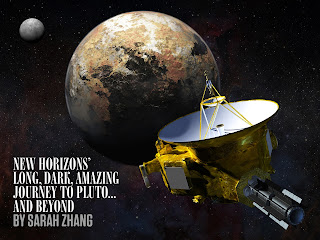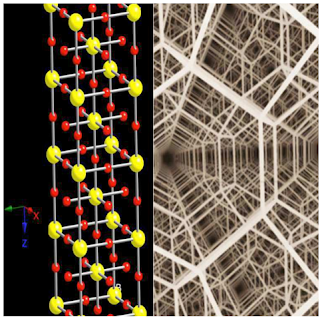 |
| From "The Demon Haunted World"; more at Good Reads |
Topics: #Commentary, Carl Sagan, Philosophy, Research
This is a very good article about the duality humans express, such as: we really LIKE our tech; we just hate what the science behind the tech points to...or, points away from.
Galileo was branded a heretic by the church for daring to say the Earth revolved around the sun, versus the now understood accepted observation. There's still a Flat Earth Society, and people who long for "the good old days," that coincide with their youth and for many, an understood; un-breached and unquestioned social status and strata. It explains - at least to me - why we can be vulnerable to pseudoscience and the flimflam artist: s/he tells us what we wish to hear about a world we wish to bend to our wills.
There would have to be some wholesale, necessary-for-survival shift as a species from intuition to a rational, logic-based viewpoint. As sophisticated as we like to think of ourselves, we're really primitives by nature; tribal at heart, bending the world to our own view of right and wrong to bow at the altars of our sacred cows...
For over three decades, researchers in the fields of cognitive psychology, developmental psychology, and science education have been studying the dynamics of conceptual change. They have been characterizing what we intuitively know about different domains, how that knowledge differs from scientific knowledge, and how that knowledge changes with instruction, either formal instruction in the classroom or informal instruction at home or elsewhere (e.g., museums, libraries, parks). While different researchers have analyzed conceptual change in different ways, most would agree that conceptual change requires a basic restructuring of one’s intuitive knowledge. That restructuring could involve collapsing distinctions that are no longer meaningful on a scientific conception of the domain (e.g., collapsing the distinction between objects in motion and objects at rest), introducing new distinctions that are scientifically meaningful (e.g., making a distinction between weight and mass), or moving an entity from one mental category to another (e.g., shifting the entity air from the category empty space to the category matter). Accumulating new facts and new experiences is not sufficient to bring about conceptual change; one must instead reorganize the very nature of one’s understanding.
Because conceptual change requires knowledge restructuring, it has long been assumed that, once the restructuring was complete, one’s initial conceptions of the domain would no longer be accessible. Restructuring one’s knowledge was assumed to erase previously held intuitions in the same way that remodeling one’s house erases previously navigated floor plans. A growing body of research, however, suggests that conceptual change does not produce this result. Rather, conceptual change appears to produce dual modes of understanding: a new scientific understanding of the domain and an older, more intuitive understanding of the domain that coexists with, but is not replaced by, the scientific understanding. Put differently, adults with extensive science education appear to harbor intuitions that they had explicitly rejected many years prior—intuitions like “whales are fish,” “coats produce heat,” “the wind is alive,” “air has no weight,” “heavier objects fall faster than lighter objects,” and “the sun revolves around the earth.” In some cases, these intuitions had previously been documented only among preschool-aged children, but, with the application of new methodologies, they are now being documented among scientifically literate adults as well.
Skeptic.com:
SCIENCE V. INTUITION: Why is it Difficult for Scientific Knowledge to Take Root?
Andrew Shtulman

















